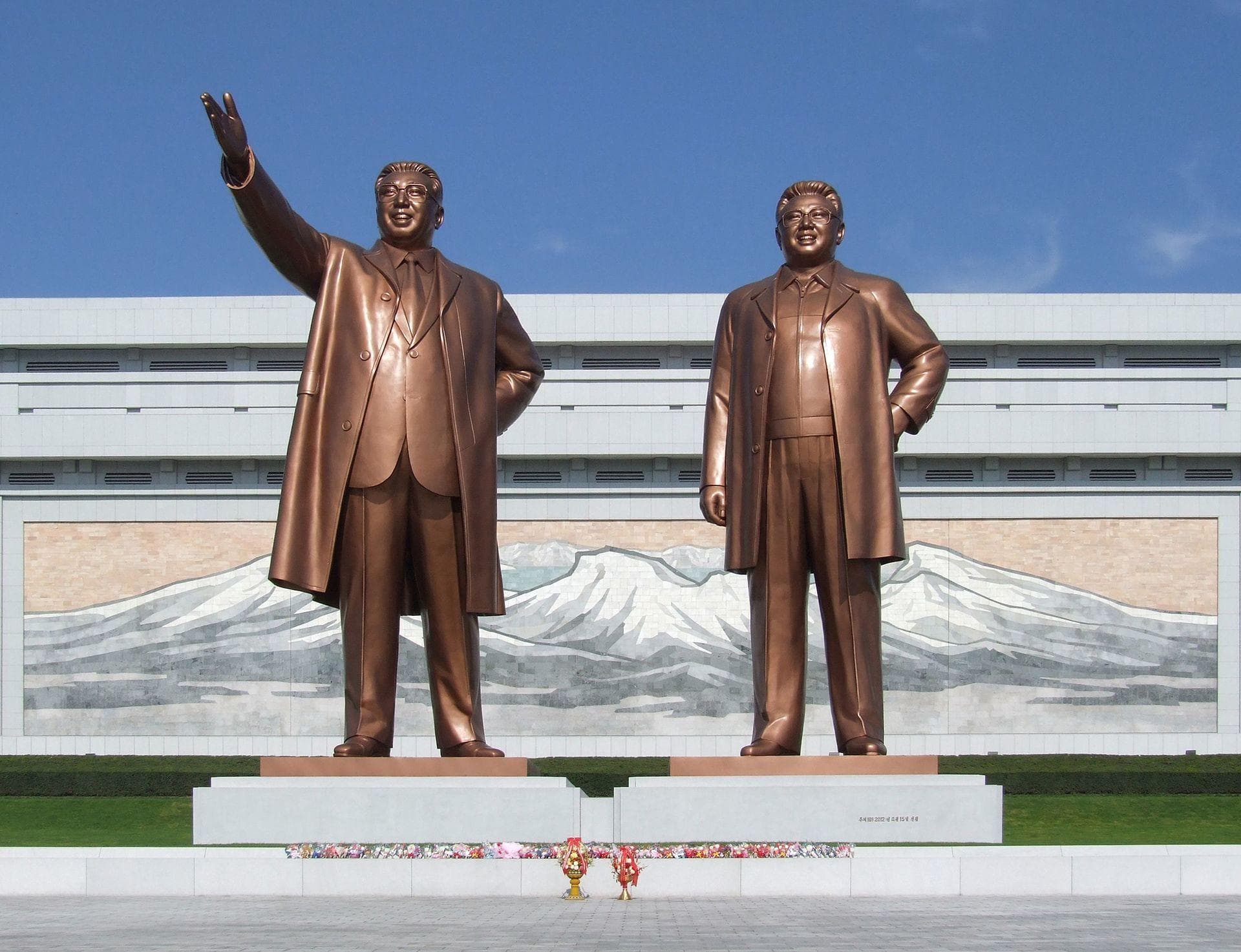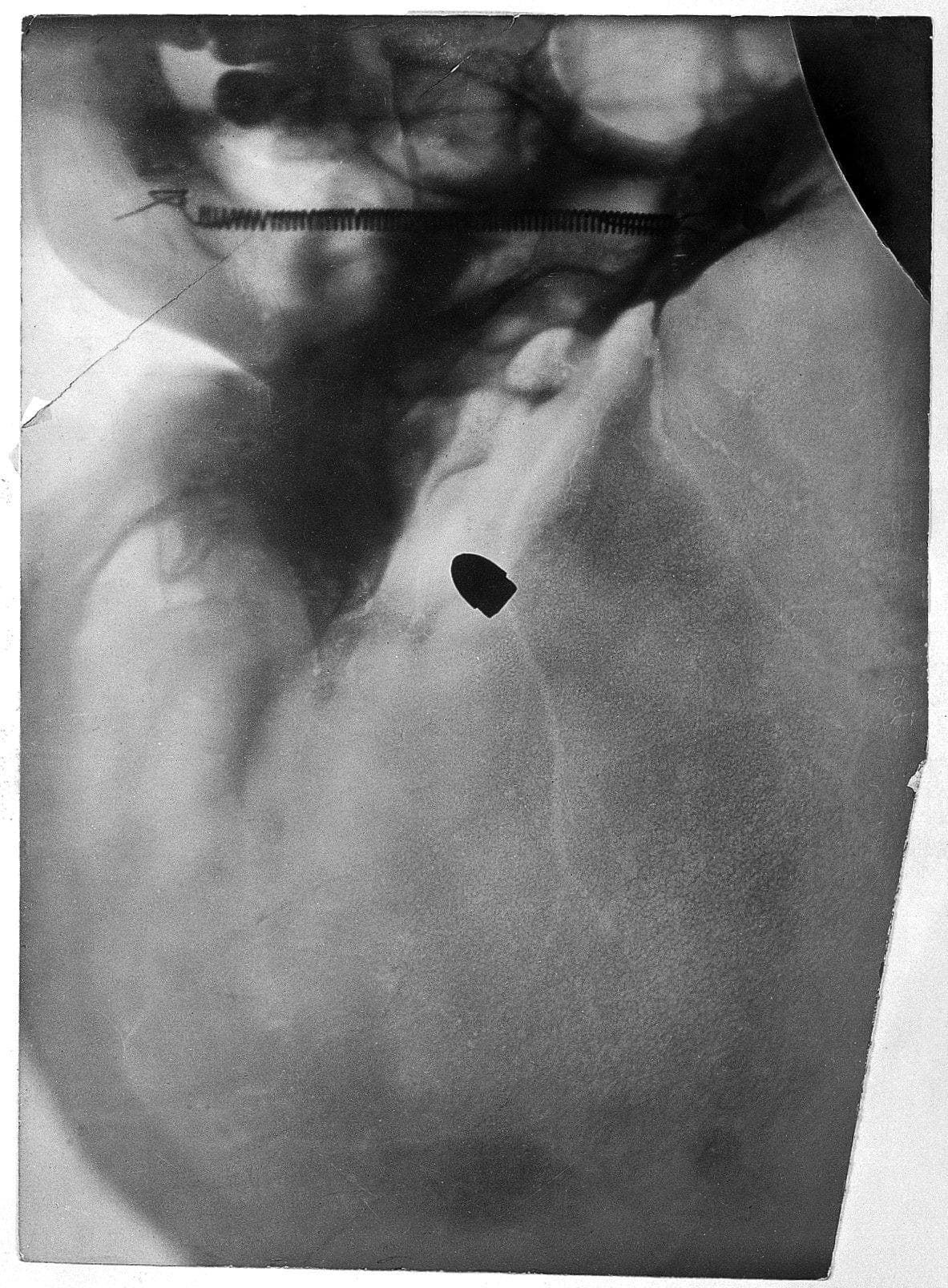Random Things about How Governments Around World Are Responding To Economic Impact Of CoV (20 items)
-
(#1) United States of America
- Washington, D.C.
Total GDP: $22.32 trillion
GDP Per Capita (PPP): $67,427
How Much They’re Spending In Their Stimulus Relief: $2.2 trillion
Where Does That Money Go: In March 2020, the US government passed three coronavirus relief bills. The largest allocated $2.2 trillion, representing the largest economic relief package in US history.
The relief package includes $1,200 payments for adults and $500 payments for children, with phased-out support for higher-earning Americans.
The package also created a $367 billion employee retention fund targeted at small businesses. Unemployed Americans qualify for an additional $600 weekly payment from the federal government for four months. Unlike state-issued unemployment, the plan also covers freelance workers.
In addition to relief targeting individuals, the government provided loans totaling $17 billion for private companies linked to national security and $29 billion for national airlines.
-
(#2) China
- Beijing
Total GDP: $15.27 trillion
GDP Per Capita (PPP): $10,873
How Much They’re Spending In Their Stimulus Relief: RMB 2.6 trillion ($368 billion)
Where Does That Money Go: The first country hit hard by the coronavirus pandemic, China has announced over 2.6 trillion yuan in stimulus spending. The plan includes payments to families and loans for small lenders.
The government offered a temporary monthly allowance aimed at low-income families. As the pandemic continued to hit the economy hard, the central government doubled the allowance for the months of March to June 2020.
In addition, China accelerated unemployment insurance disbursements so they reach the unemployed faster. The government's tax relief plans include a waiver on social security taxes.
In March 2020, local governments also provided prepaid spending vouchers with the goal of increasing consumer spending.
-
(#3) Japan
- Tokyo
Total GDP: $5.41 trillion
GDP Per Capita (PPP): $43,043
How Much They’re Spending In Their Stimulus Relief: 108 trillion yen ($989 billion)
Where Does That Money Go: Japan's stimulus relief includes cash payments for families and small business owners. The government also rolled out zero-interest loans and tax breaks to support people.
Japan announced its first coronavirus relief package in February 2020, before most other countries. In March and April, the government passed additional spending bills. The April plan included payments of up to $2,800 per household for anyone who faced income decline due to the pandemic.
-
(#4) Germany
- Berlin
Total GDP: $3.98 trillion
GDP Per Capita (PPP): $47,992
How Much They’re Spending In Their Stimulus Relief: €750 billion ($814 billion)
Where Does That Money Go: Germany's coronavirus relief package aims to protect jobs and businesses. The package includes a lending fund and increased government spending. Germany will spend $55 billion in cash payments to small businesses and the self-employed, with the goal to prevent bankruptcies.
The package also includes safety-net programs for the unemployed, including self-employed workers. The government will offer financial support for workers facing unemployment to prevent layoffs. Germany will also spend €200 to support struggling businesses and prevent bankruptcy or foreign takeovers.
-
(#5) India
- New Delhi
Total GDP: $3.2 trillion
GDP Per Capita (PPP): $2,338
How Much They’re Spending In Their Stimulus Relief: 1.7 trillion rupees ($22.5 billion)
Where Does That Money Go: India announced a major bailout aimed at protecting the country's impoverished. The package provides free food and cash assistance.
India's finance minister Nirmala Sitharaman said, “We don’t want anyone to remain hungry, and we don’t want anyone to remain without money in their hands."
The government will also send farmers an advanced payment of 2,000 rupees ($26) in April to help them during the pandemic.
India's wage laborers and migrant workers may not be able to access the government's cash and food benefits, however. Since trains are not running, thousands of migrant workers have spent weeks trapped away from home, unable to receive the provided assistance.
-
(#6) France
- Paris
Total GDP: $2.77 trillion
GDP Per Capita (PPP): $42,644
How Much They’re Spending In Their Stimulus Relief: €45 billion ($50 billion)
Where Does That Money Go: France's stimulus package pays businesses to keep workers on the payroll. Under the plan, the government pays 80% of employee salaries for companies that don't lay off workers. Employers can apply for financial relief, with the goal to provide reimbursements for payroll within 10 days.
The government also delayed deadlines for taxes and loan payments. The aid package provides unemployment for employees facing reduced hours and offers support for shopkeepers and the self-employed. France also guaranteed bank loans to support businesses.
-
(#7) United Kingdom
- London
Total GDP: $2.72 trillion
GDP Per Capita (PPP): $40,392
How Much They’re Spending In Their Stimulus Relief: £330 billion ($414 billion)
Where Does That Money Go: British finance minister Rishi Sunak announced a government plan to cover 80% of worker salaries for at least three months. The measure attempts to prevent mass layoffs and high unemployment. The plan provides up to $3,000 per person each month and is estimated to cost an estimated $95 billion.
The government passed new tax credits for the unemployed and dedicated $1.2 billion in renter support.
The UK also committed £30 billion for public services, including support for the vulnerable and tax relief for businesses. Businesses in the retail and hospitality sector received a tax rate holiday for one year, while the government also increased small business grants.
-
(#8) Italy
- Rome
Total GDP: $2.01 trillion
GDP Per Capita (PPP): $33,431
How Much They’re Spending In Their Stimulus Relief: €25 billion ($28 billion)
Where Does That Money Go: In mid-March, Italy announced a stimulus plan to combat the economic impact of coronavirus. The plan includes up to 15 paid days off at 50% salary for parents caring for children during school closures. Parents can also request up to €600 to pay for a babysitter.
Italy also implemented a €600 per month subsidy available to 5 million workers. The plan suspended firing procedures to encourage companies not to lay off workers.
The government ordered a moratorium on loan repayments and mortgages.
-
(#9) Brazil
- Brasília
Total GDP: $1.89 trillion
GDP Per Capita (PPP): $8,956
How Much They’re Spending In Their Stimulus Relief: 150 billion reais ($30 billion)
Where Does That Money Go: Brazil's economic response coupled tax relief for businesses with social assistance support. In a plan released in March 2020, the government announced financial incentives for companies to avoid layoffs, assistance for retirees, and a deferral on corporate taxes for small and medium-sized businesses.
Brazil also expanded its social safety net for the country's poor, adding 1 million new people to the program.
-
(#10) Canada
- Ottawa
Total GDP: $1.81 trillion
GDP Per Capita (PPP): $47,931
How Much They’re Spending In Their Stimulus Relief: C$107 billion ($75 billion)
Where Does That Money Go: Canada's relief package provides direct financial support to those affected by the pandemic. People who lost their job, face quarantine, or are helping a sick family member will receive C$2,000 per month for four months.
Canada's plan also offers higher child benefit payments for families and wage subsidies to support small businesses.
When the Canada Emergency Response Benefit (CERB) site went live in April, the process of applying for benefits took mere minutes. Applicants logged into their Canada Revenue Agency account and answered three questions to receive benefits. “It’s so easy I thought it was fake,” one applicant told the Financial Post.
-
(#11) Russia
- Moscow
Total GDP: $1.66 trillion
GDP Per Capita (PPP): $11,305
How Much They’re Spending In Their Stimulus Relief: 300 billion rubles ($4 billion)
Where Does That Money Go: Russia's stimulus package targeted businesses, including tax breaks for airlines and companies in the tourism sector. Russia also expanded a state-run loan program for businesses.
In April 2020, President Vladimir Putin proposed an additional 1 trillion rubles in stimulus spending. The proposal would fund the salaries of workers temporarily out of work.
-
(#12) South Korea
- Seoul
Total GDP: $1.63 trillion
GDP Per Capita (PPP): $31,246
How Much They’re Spending In Their Stimulus Relief: KRW 16 trillion ($13.2 billion)
Where Does That Money Go: South Korea's relief package includes financial support for quarantined families, incentives for businesses to retain employees, and emergency support for families and low-income households.
Small merchants can receive wage and rent support, while landlords who reduce rents qualify for a tax cut. In April 2020, South Korea planned an additional KRW 13 trillion to provide direct financial assistance to low- and middle-income households and to support small and medium companies.
-
(#13) Spain
- Madrid
Total GDP: $1.44 trillion
GDP Per Capita (PPP): $30,734
How Much They’re Spending In Their Stimulus Relief: €200 billion ($231 billon)
Where Does That Money Go: Spain's relief package includes support for businesses and families. The plan increases sick pay coverage to 75% of base pay, grants a monthly allowance for temporary workers, and grants unemployment benefits to all workers who are temporarily laid off. Self-employed workers can also qualify for unemployment benefits.
The government's business plans target small- and medium-sized companies and the self-employed, who can defer tax payments for six months. The self-employed and workers in the tourism sector can also qualify for a 50% exemption from their social security taxes.
Spain also passed a moratorium on debt claims, utility bills, and mortgages.
-
(#14) Australia
- Canberra
Total GDP: $1.38 trillion
GDP Per Capita (PPP): $52,952
How Much They’re Spending In Their Stimulus Relief: A$194 billion ($124 billion)
Where Does That Money Go: Australia passed three economic stimulus packages that focus on wage subsidies, income support, and increased payments for welfare recipients. The specific elements include a supplement to the government's unemployment program and direct payments to low-income Australians.
The government's plan also encourages employers to keep employees on the payroll, with a $1,500 jobkeeper payment every two weeks granted directly to employees.
In addition to the federal response, all of Australia's states and territories passed additional stimulus packages.
-
(#15) Mexico
- Mexico City
Total GDP: $1.32 trillion
GDP Per Capita (PPP): $10,406
How Much They’re Spending In Their Stimulus Relief: TBD
Where Does That Money Go: Rather than focusing on a business bailout, Mexico's government focused on social spending. In April 2020, President Andrés Manuel López Obrador announced the government would expand social programs and invest in new jobs. The plan included an effort to create 2 million jobs in nine months, including through infrastructure projects.
Mexico's response also included higher health spending and cuts to government salaries. The government initiated a lending program for small- and medium-sized companies and rearranged social pension and disability payments to maximize immediate payments.
-
(#16) Indonesia
- Jakarta
Total GDP: $1.2 trillion
GDP Per Capita (PPP): $4,465
How Much They’re Spending In Their Stimulus Relief: IDR 438.2 trillion ($28 billion)
Where Does That Money Go: Indonesia's fiscal and stimulus packages include additional spending and tax relief for businesses and individuals. The country's stimulus package boosts healthcare spending, expands benefits for low-income households, and increases unemployment benefits.
Indonesia also cut the corporate income tax rate and issued tax relief targeted at the tourism sector. Individuals can also qualify for lower tax payments.
-
(#17) Nigeria
- Abuja
Total GDP: $494.83 billion
GDP Per Capita (PPP): $2,400
How Much They’re Spending In Their Stimulus Relief: 1 trillion naira ($2.7 billion)
Where Does That Money Go: Nigeria's government announced a $1.4 billion stimulus package designed to support healthcare facilities, taxpayers, and employers. The package includes incentives for employers to retain staff to prevent mass layoffs.
Nigeria's central bank plans to subsidize local manufacturing during the pandemic. The central bank injected 3.6 trillion naira into the banking system while also supporting the health sector and manufacturing.
In April 2020, the government began direct payments to families listed on the country's National Social Register of Poor and Vulnerable Households. Families will receive monthly cash payments, equivalent to $52, for four months.
-
(#18) South Africa
- Bloemfontein, Cape Town, Pretoria
Total GDP: $369.85 billion
GDP Per Capita (PPP): $6,193
How Much They’re Spending In Their Stimulus Relief: More than ZAR 3 billion ($160 million)
Where Does That Money Go: The South African government offered a four-month tax subsidy for low-wage workers, funds for businesses struggling during the pandemic, and a Temporary Employee Relief Scheme that provides wage payments for companies.
The government also created a debt relief fund to help small- and medium-sized businesses. The policies attempt to provide a safety net for the country's economically vulnerable people.
In addition to public funds, private businesses have pledged ZAR 5.5 billion to support citizens and businesses.
-
(#19) Singapore
- Singapore
Total GDP: $369.63 billion
GDP Per Capita (PPP): $64,829
How Much They’re Spending In Their Stimulus Relief: 59.9 billion Singaporean dollars ($41.8 billion)
Where Does That Money Go: Singapore's economic approach combines wage subsidies to cover payroll, direct payments, and waivers for business expenses. The plan attempts to put more money into the hands of Singaporeans, including a direct payment of 600 Singaporean dollars to each adult in the country.
In addition, the government's approach eases costs for businesses by offering wage subsidies and waivers on business expenses, such as the country's foreign worker levy.
In April, Singapore's Finance Minister, Heng Swee Keat, said, "The situation remains highly fluid and uncertain. The government stands ready to provide further support should it become necessary."
-
(#20) Denmark
- Copenhagen
Total GDP: $360.51 billion
GDP Per Capita (PPP): $61,733
How Much They’re Spending In Their Stimulus Relief: 287 billon DKK ($42 billion)
Where Does That Money Go: Denmark's plan essentially freezes the economy. Over a three-month period, the government will pay 75% of employee salaries for private companies. The plan, designed to prevent mass layoffs, covers much of the payroll costs for private companies for 13 weeks.
The government will also guarantee 70% of new bank loans to encourage lending. The spending package is equivalent to 13% of the country's GDP spent in three months.
As of April 20, 2020 Denmark has blocked companies registered in tax havens from accessing any state provided financial aid.
New Random Displays Display All By Ranking
About This Tool
Since January 2020, the epidemic has spread worldwide. The global countries pay great attention to the development of the epidemic and believe that the epidemic will have an important impact on the world economy. Governments have adopted different lockdown measures, a number of companies have been forced to reduce operations or shut down. If the epidemic continues to get out of control, more and more people will lose their jobs.
Countries around the world have different measures to control the epidemic, and their responses to the economic impact of COVID-19 are also different. People can learn more detailed information here, this random tool collects official responses from 20 countries.
Our data comes from Ranker, If you want to participate in the ranking of items displayed on this page, please click here.




























